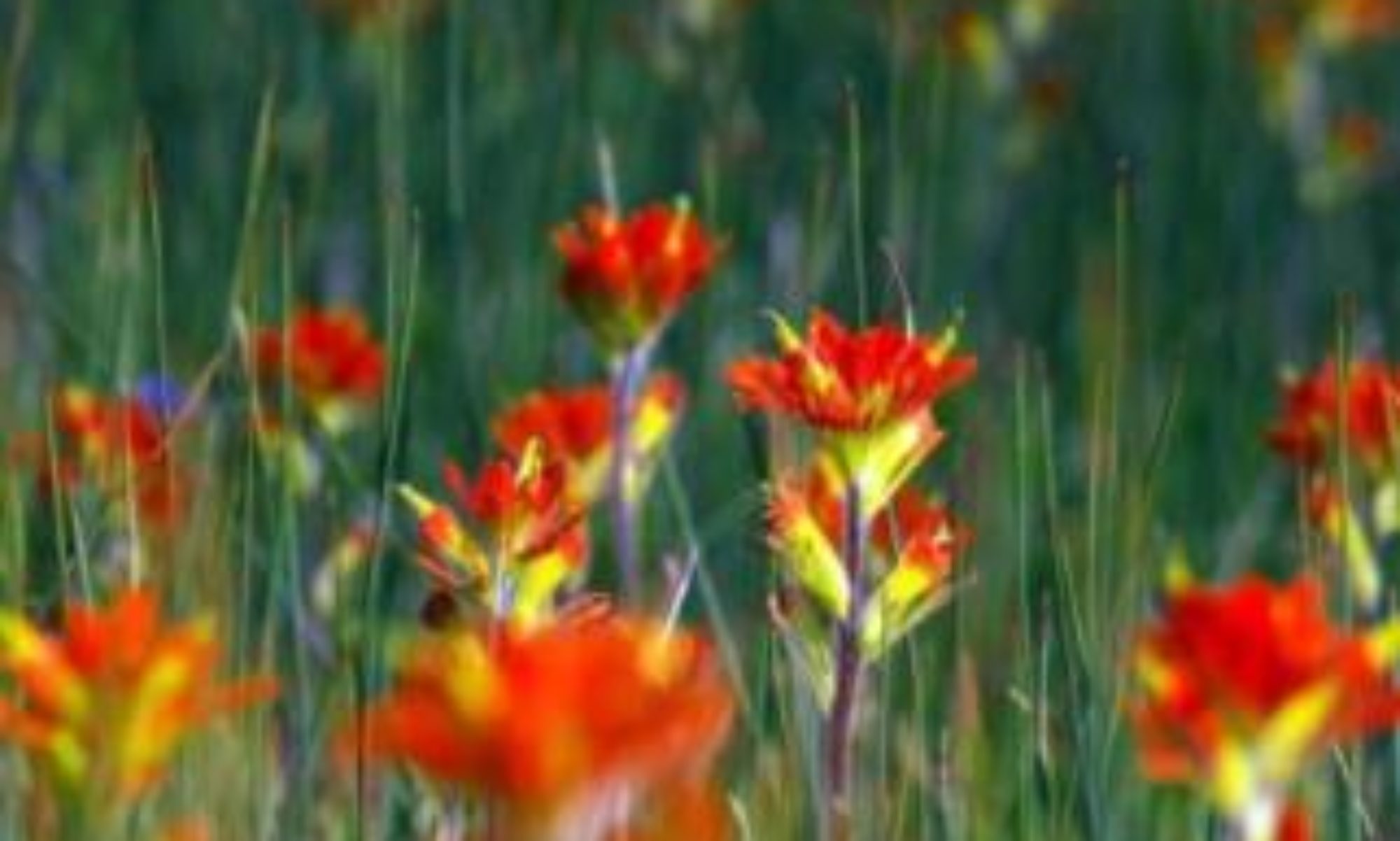
“Fallen leaves” at Mallows Bay


As a mountain goat roaming the Rockies, I pass my life from place to place, occasionally having a thought or an idea…



Rural and small towns across America have experienced a significant decline since the 1960s. Sociologists and journalists have offered rich accounts of some of the towns; what emerged from these accounts is a general picture of decline associated with external societal changes and global forces: first a postwar shift of the national development to urban economies and then technological change in the 1980s and globalization.
The direct economic consequence of this decline is a considerable segment of people living in poverty. The decline has important social, cultural, and political consequences too. Drug abuse is epidemic as “a sociocultural cancer.” A peculiar gun culture is widespread. The persistent dire socioeconomic situation in American small towns has recently contributed to and influenced national political dynamics, such as the rise of populism, and the 2016 presidential election with an outcome that surprised many Americans (the metropolitans).
A lesson learned: rural and small towns must be integrated into urban development so they can grow along the side of cities, and there is a role for guidance in development. Lacking large urban centers, the rural and small-town America is left in a darkness, literally, and from technological advances and social progress consequently, leading to a prominent spatial, social, and economic imbalance on the national level, which is now playing a critical role in shaping the nation’s political future.
It becomes a difficult problem once the pattern has formed. People have been trying hard to revive their communities with a lot of effort made in tourism and crafts (another example is PA Route 6 Alliance). These efforts lead to varying degrees of success. Large cities won’t come into being overnight and naturally, but all places should at least be covered by cellular phone systems and have access to the internet. So many times my cell phone failed to give me driving directions because there was simply no signal.


History is everywhere along the Washington Heritage Trail in West Virginia. The trail is designated with a goal at least partly to revive the historic towns, sort of like the GAP. In a way these towns are competing for tourists, but some do better than others. And then economies and politics are inseparable.









Winchester, Virginia









US presidential election results in Fayette County and Somerset County (1968 – 2016). Data on percent of votes for Democratic and Republic candidates from Wikipedia.
Fayette County was Democratic-leaning in the past but has been trending towards the Republicans since 1996. “The county used to be a center of coal mining and coke production in the mid-19th century. From the 1880s to the early 1900s, the area experienced great expansion in steel production, and by World War II, Fayette County had a new unionized working class that enjoyed increased prosperity. In the 1950s, however, the coal industry fell into decline. In the 1970s, the restructuring and collapse of American steel resulted in a massive loss of industrial jobs and hard times in the area. The loss of union jobs caused many working families to drop out of the middle class. Only a few mines are being worked in the 21st century, but natural resources remain crucial to the local economy. The region is slowly transitioning toward the service sector, with an increase in jobs in fields such as telemarketing. A study released in 2009 by PathWays PA, in partnership with the Pennsylvania Department of Labor and Industry, found that 35% of families in Fayette County were economically distressed, that is, failing to earn a wage that would adequately provide food, shelter, child care, health care, and other basic necessities. The racial makeup of the county was 93.30% White, 4.71% Black or African American, 0.11% Native American, 0.22% Asian, 0.01% Pacific Islander, 0.11% from other races, and 2.33% from two or more races. 1.38% of the population were Hispanic or Latino of any race.”
Somerset County has been consistently Republic-leaning and socially conservative with a dominant white population. “Its rich history includes agriculture and mining. The racial makeup of the county was 97.39% White, 1.59% Black or African American, 0.08% Native American, 0.21% Asian, 0.01% Pacific Islander, 0.31% from other races, and 0.40% from two or more races. 0.66% of the population were Hispanic or Latino of any race. “
US presidential election results in Pennsylvania (1968 – 2016). It shows a convergence toward red color over time in Western Pennsylvania with the exception of Allegheny County where Pittsburgh – the second largest city in Pennsylvania only behind Philadelphia – is located. Also note that before 2000 results were sensitive to individual candidates across all the counties not just along the party line. Maps from Wikipedia.

I find the river lost itself completely to Chesapeake Bay at the end (even back at Coltons Point). While the Potomac looks spectacular at the Great Falls (because of the cliffs), I think the river is at its best at Piscataway – natural, exciting, and self-contained. What impress me most are those thin trees standing sparsely in a small wetland on the roadside and fields of tall grasses. In this part of Southern Maryland we can still spot campaign signs for Bernie in the yards.




The rural landscape in Western Maryland is beautiful. The river looks tranquil here, but only on the surface. In fact, the region is so politically different from the more populous eastern part of the state that some residents started a “Western Maryland Initiative” to form a new state. One of the proposed state names is “Appalachia.” So, we see the country’s two worlds even in a small state like Maryland.





